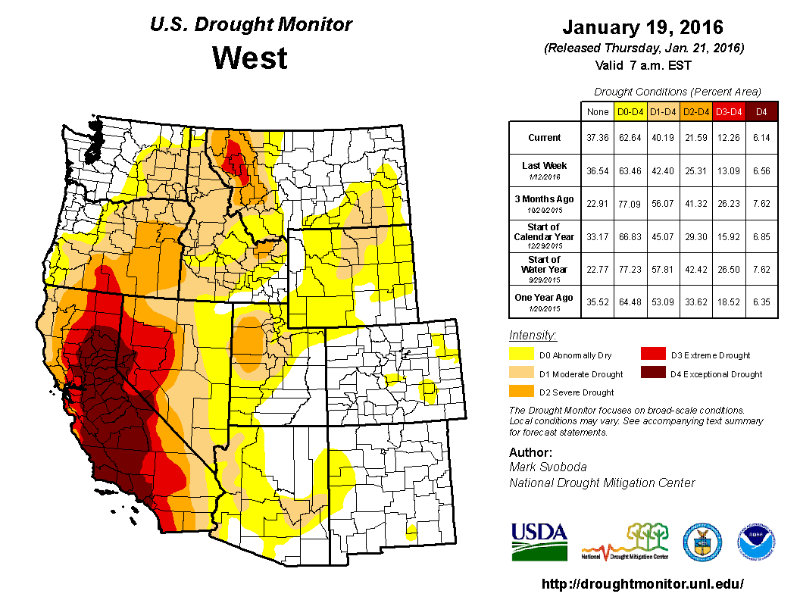The Watershed Improvement Plan (WIP) Regional Strategy identifies key information, trends, plans, efforts, and data for major categories influencing watershed health, as well as the process and timeline for implementing the WIP.
The key activities are:
- assessing watershed restoration needs across the Sierra
- increasing investment in the Region
- addressing policy issues to ensure the implementation of needed restoration projects and the infrastructure needed to support such efforts
The SNC and the USFS Region 5 will act as the primary coordinators of the WIP and partner activity. However, given the scope and scale of this program, your active engagement and participation will be critical, which is why we are encouraging you to provide your feedback on the WIP Regional Strategy. The comment period is open until March 18, 2016. You may send your comments to SNCWIP@sierranevada.ca.gov.

